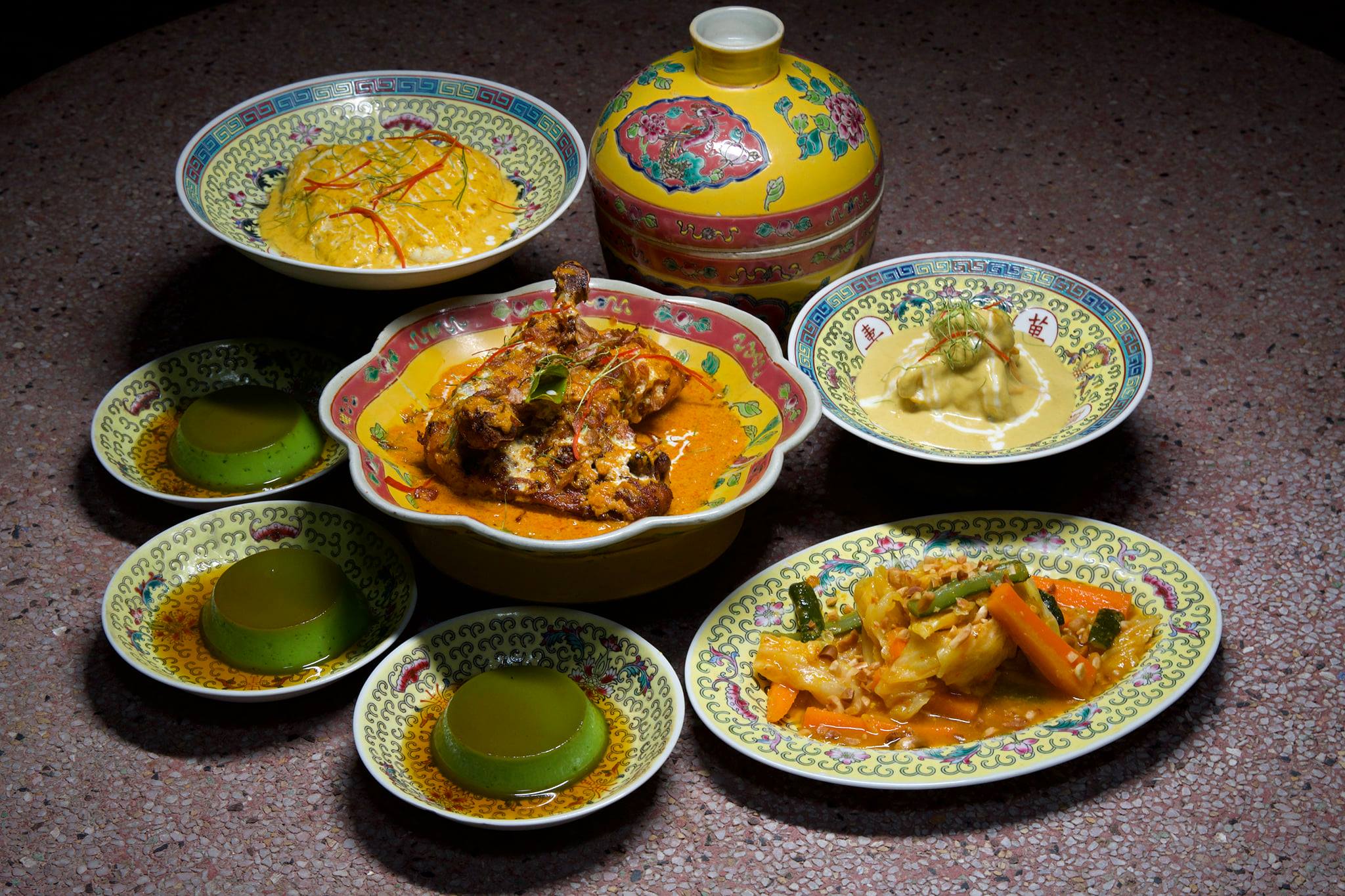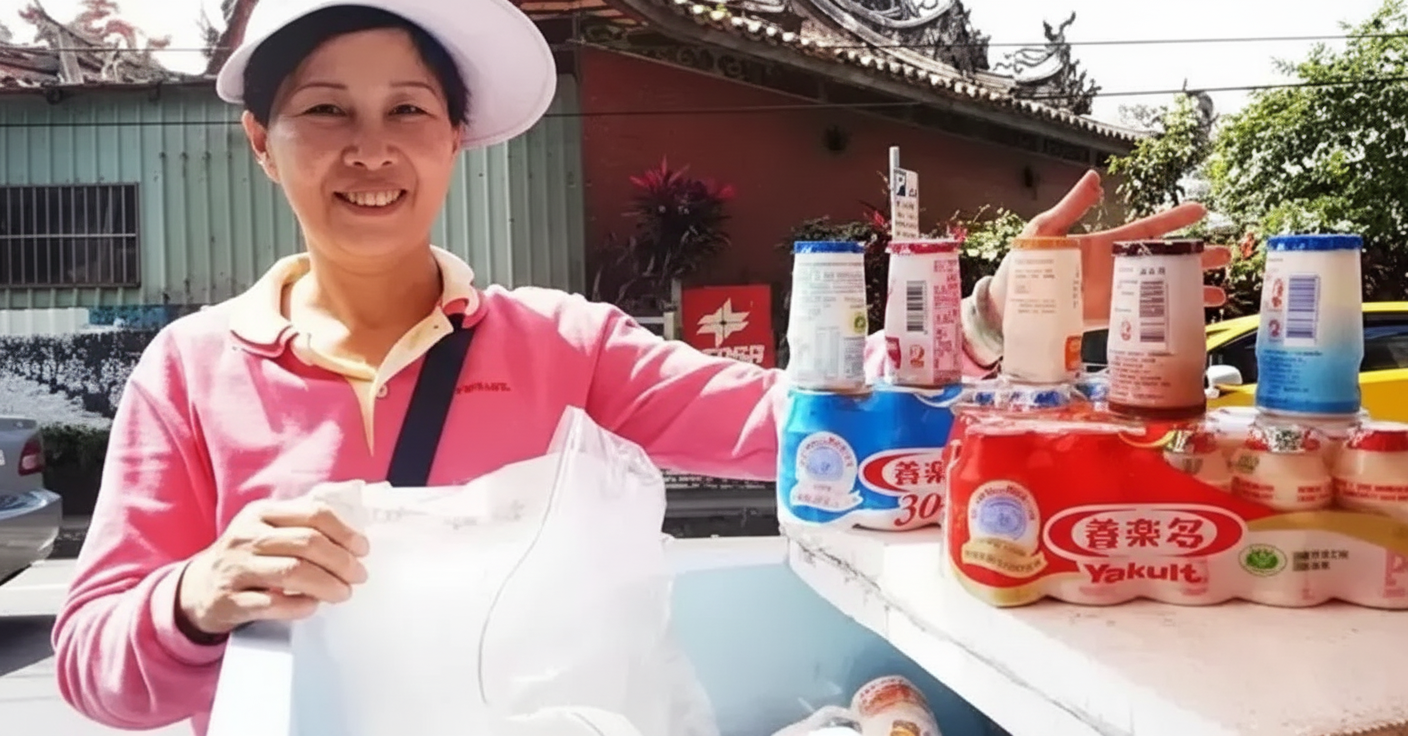This is Part 1 of a two-part series on the sudden rise in prominence of pu’er, a tea grown in China’s southwestern Yunnan province
The tea market is like any other market — there are trends. A type of tea becomes popular, and the whole tea market almost seems geared toward that one variety. The price of that tea inflates, and others try try to mimic it in an attempt to cash in on the trend.
In my last article I talked about tieguanyin, telling the story of a tea who’s popularity become too big to handle, to the point that the tea itself got lost in the madness:
 As Supply Meets Global Demand, Tea Quality DropsArticle Sep 12, 2017
As Supply Meets Global Demand, Tea Quality DropsArticle Sep 12, 2017
Tieguanyin has fallen out of favor now, and a new tea has taken its place: pu’er. Look through any online forum about tea and you will find the topic of pu’er come up repeatedly. People are drinking it, talking about it, and even making documentaries about it.
What effect has this sudden surge in popularity had on the tea itself? Is it suffering the same drawn-out doom of tieguanyin, or is the story a little different this time? To understand today’s pu’er scene, you must first have a basic understanding of its modern history.
During the Qing Dynasty, pu’er would be made in Yunnan, then sent north via a route called the Tea Horse Caravan to Sichuan, and then later Tibet to be traded for horses. Pu’er was a successful business even back then. While China’s lowlands were dedicated to food, the higher parts of Yiwu in southern Yunnan province* were filled with beautiful tea trees that were cultivated by the many local production units. Then, in 1911, war broke out.
As a luxury good, tea is rarely a focus of people’s lives during times of war, and pu’er, like many other teas, suffered a halt in production during the Chinese Revolution. When the war ended, a new China emerged — the Communist PRC, which was against personal profit and luxury.
The main result of the Revolution on the tea industry — like agriculture in general — was its nationalization. Farmers could no longer sell their pu’er to the highest bidder. Instead it went to a government tea factory to be purchased at a very low price — 5rmb (about 75 cents) per kilogram, according to Jinghong Zhang in her book Puer Tea: Ancient Caravans and Urban Chic.
Times became very hard for pu’er makers, and money was scarce. Things became worse when China experienced a famine from 1958-1961. The tea trees in the higher lands were cleared away, and the land was used to produce more food in order to survive. As Zhang recounts in her book:
For many locals, this was simply the period when Yiwu became a mere supplier of basic tea leaves for national factories… this period was never actually forgotten. Together with the previous period of historical glory, it was rooted in locals people’s memory.
The Cultural Revolution from 1966-1976 was also a traumatic time for pu’er farmers. Their precious tea had become almost worthless, and they had to find other ways to survive. This period had a strong affect on the collective mentality, and would play a factor in the next chapter of pu’er‘s history.
During the Reform and Opening Up period, which began in 1978, lands once taken by the government were given back. Farmers were encouraged to plant tea again, and were given tea seeds from surrounding areas to do so. They were informed about new, scientific ways to plant trees, including cutting down large, older trees and planting multiple small, younger ones in their place to maximize yields.
The aftermath of the Chinese Revolution had imposed a preference of quantity over quality, and with farmers desiring to rise out of poverty, this mentality persevered even after China’s economic opening. Even with the privatization of land, pu’er still continued to sell at a low price. Demand remained low.
Then, in 1994, a group of Taiwanese traders came to Yiwu* searching for pu’er. This marked the beginning of the pu’er renaissance, which I’ll discuss in my next column.
* Editor’s note: Yiwu here refers to a city in Mengla county, Xishuangbanna, a region of Yunnan province on China’s southwestern edge. Virtually all pu’er tea is grown in southern Yunnan. This Yiwu is not to be confused with the city of Yiwu in Zhejiang province to China’s southeast, famous for its small commodities wholesale market.















